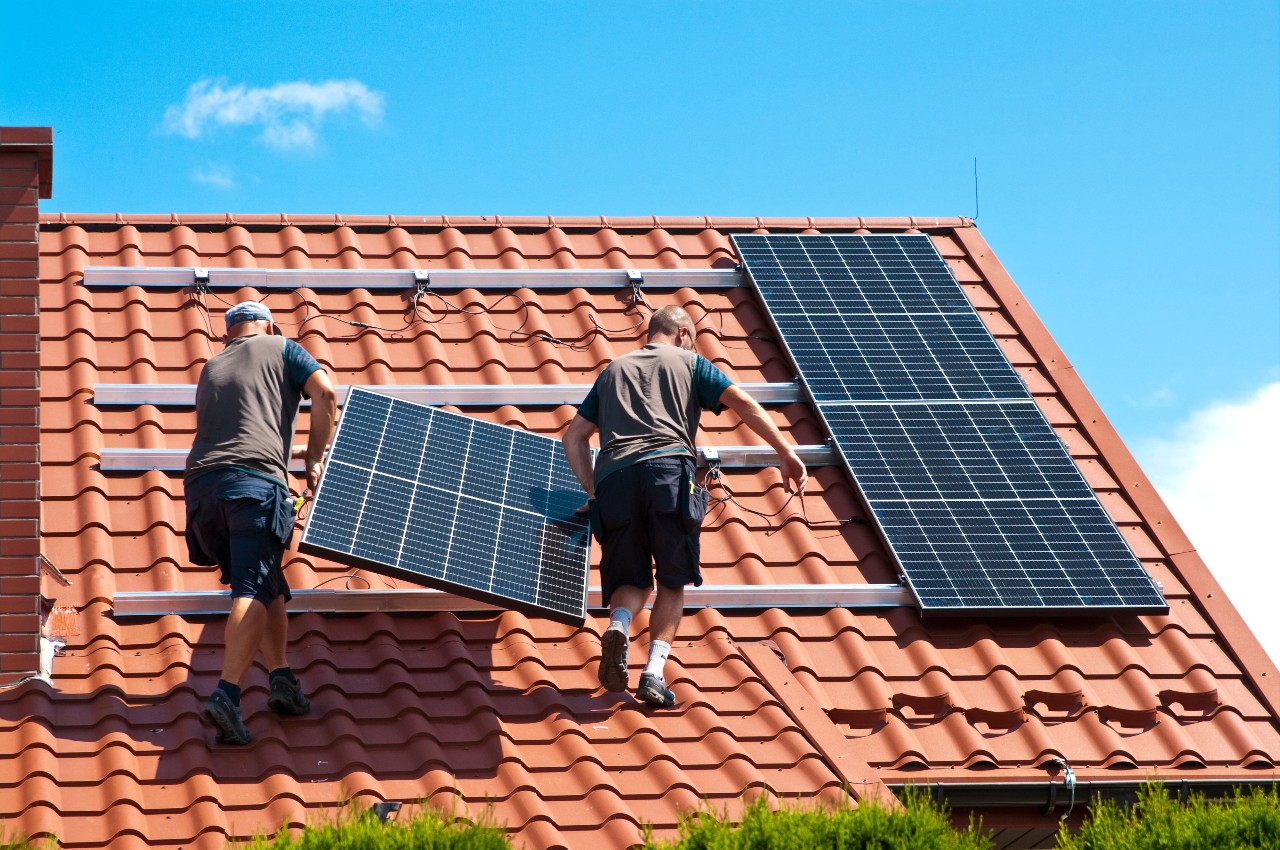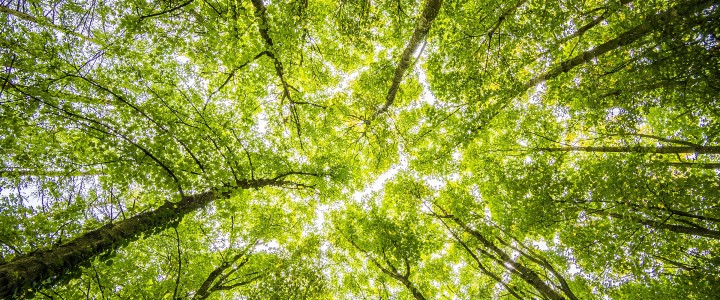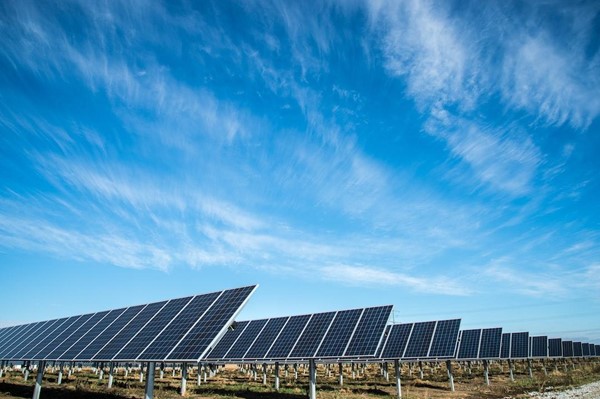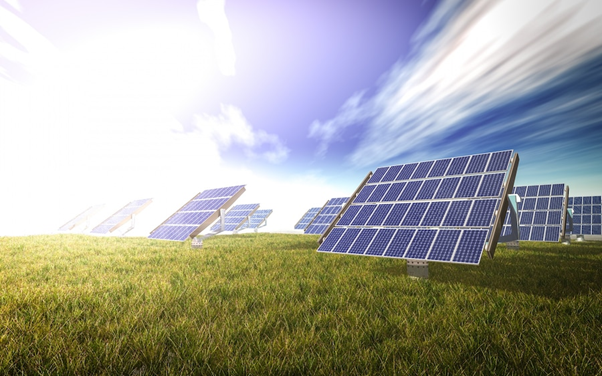Going Green Can Be Red or Blue
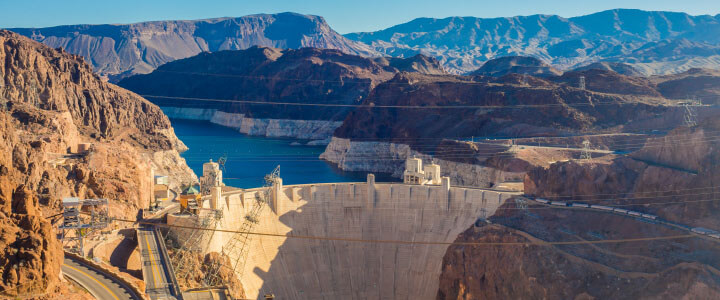
The U.S. economy used to be largely dependent on coal for its electricity production, but the past decades have watched the mindset of consumers, legislators, economics, and environmentalists embrace green living. As this shift has occurred, the reliance on coal has steadily decreased, down from 39% in 2014 to 27.4% in 2018.
Though a strong demand for fossil-fuels still exists, there have been many regulatory decisions impacting production and consumption. Emissions and clean air regulations have been adopted at both federal and state levels, but there are many states that experienced economic instability as a result.
For some areas, coal and mining jobs were primary employment opportunities. While the whole debate should be about preserving the earth for the coming generations, the decisions to regulate coal or impose eco-friendly changes has become another area of political contention.
The State Debate
In an election year, the primary concerns are which states will go blue or red. The political landscape has been shifting, and with tight races needing every possible advantage, an issue like going green can have a serious impact on voter interest.
While many conservative-leaning states have heaved a sigh of relief with the repeal of Obama-era regulations, there are a surprising number of red states embracing advancements in green technology. In fact, five traditionally Republican states have turned to the use of renewable energy for more than 29% of their energy production needs.
State Approaches to Going Green
Renewable energy relies on naturally replenished sources for sustainability, such as solar, wind, or water. According to the U.S. Energy Information Administration, classifications of renewable energy extend to geothermal, hydroelectric, and biomass, although it excludes nuclear energy.
While nuclear power is emission-free, production requires uranium deposits that could be potentially become obsolete. Green or eco-friendly practices aren’t just about energy production needs, either. The Cadiz Water Project in Southern California is an example of developing a self-sustaining water source for both agricultural and residential needs.
Kentucky has approved the construction of three large solar plants right in the middle of coal country. These changes show the shift in attitude toward more sustainable living and practices that transcend political affiliations. However, here are several of the other red states demonstrating an openness to going green.
Kansas
Located in the geographic center of the nation, Kansas has been able to put its flat landscape to good use. Having almost 30% of its energy use produced by renewable resources, wind farms produce the bulk of the electricity needs. Legislation passed in 2015 required utility providers to either generate or purchase a minimum of 20% of their peak demand from a renewable source. The flat plains across the state have made it possible to harness the wind for these “voluntary” goals.
Alaska
Coming at 32.56% of the energy needs being taken from renewable sources, the largest state in the country tends to have lower electricity production numbers. However, the population demand for energy is the third-highest in the nation on a per-person basis.
Natural gas and oil have been the primary source for meeting these demands, but the last few years have seen a dramatic rise in the use of hydropower. This accounts for around 30% of the total electricity production across the state. The coastline is used for wind-generated electricity, and there is still untapped potential in geothermal energy sources from the many volcanic fields across the state.
Montana
The energy portfolio of Montana is diverse, incorporating both ends of the spectrum with renewable and fossil-fuel use. The state holds one-fourth of the nation’s entire coal reserves, but yet it is also the seventh-largest producer of hydroelectric power for the nation.
The Missouri River and its tributaries contribute to the hydroelectric production, and while there is plenty of wind-potential for utility-scale production, the low-density population of the state doesn’t provide enough demand for the investment.
South Dakota
Hitting close to three-fourths of the state’s electricity production, renewable energy is a matter of both convenience and demand. South Dakota doesn’t have any coal reserves or production on its own, so much the demand must be sourced from outside the state. As an alternative, a thriving hydroelectric infrastructure operating on the current of the Missouri River has produced almost 39.9% of the net electricity generation in the state.
Idaho
At the top of the leaderboard is the state of Idaho, with close to 79% of energy production coming from renewable sources. The rivers power the hydroelectric plants, and more recently, the wind power industry has increased production. Idaho is also the second-lowest state in the nation for the consumption of coal or natural gas.
With the benefits of going green addressing every citizen across the nation, there really shouldn’t be a political debate over renewable energy or other eco-friendly decisions. These five states can set an example for the rest of the nation in turning to alternative fuel sources for the good of the community and economy.



